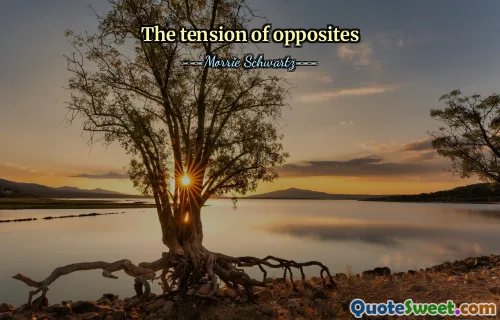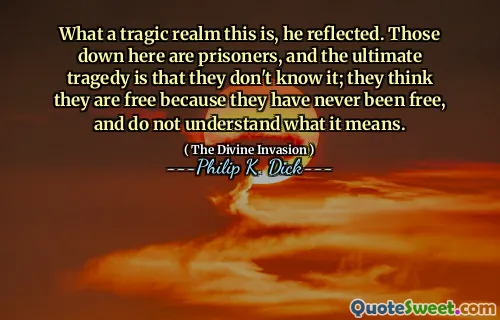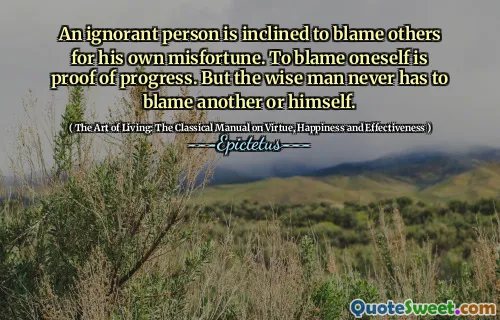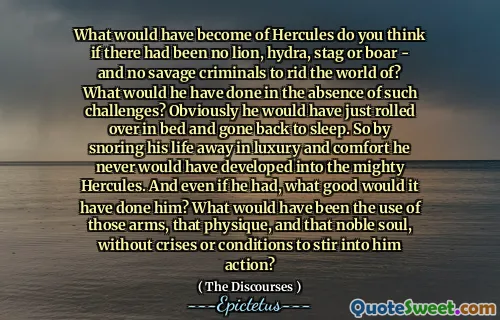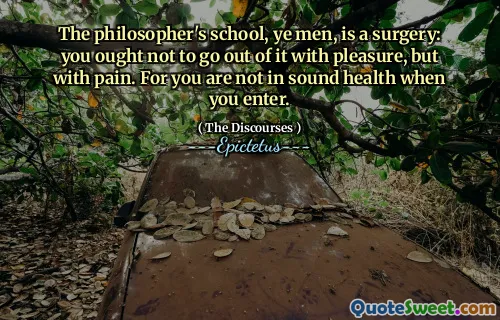
Sometimes the closer we got to a situation, the less clear it looked.
This quote captures a profound aspect of human perception and understanding. Often, when we are distant from a problem or situation, our minds tend to fill in the gaps with assumptions, generalizations, or even idealized scenarios that may not fully reflect reality. As we approach, however, the stark realities emerge—details become more apparent, complexities unfold, and the clarity we sought initially can sometimes become muddier. This paradox highlights the importance of patience and humility in our problem-solving process. It reminds us that understanding is often a journey rather than a snapshot. Approaching too quickly or with preconceived notions might give a false sense of certainty, but true insight requires standing face to face with the nuances and contradictions that a situation presents. This dialectic—moving from distance to proximity—forces us to confront our biases and assumptions. It teaches that clarity doesn't always come from a headlong rush into resolution, but from careful observation and willingness to engage deeply, even when the truth appears complicated or even messy. Recognizing this can be particularly empowering because it destigmatizes confusion and complexity; instead, it frames them as natural parts of the path toward understanding. Patience, openness to ambiguity, and the acknowledgment of our own limited perspective are vital. Ultimately, this quote encourages us to embrace the discomfort of uncertainty, knowing that only by approaching things closely can we ever hope to understand their true nature fully.



